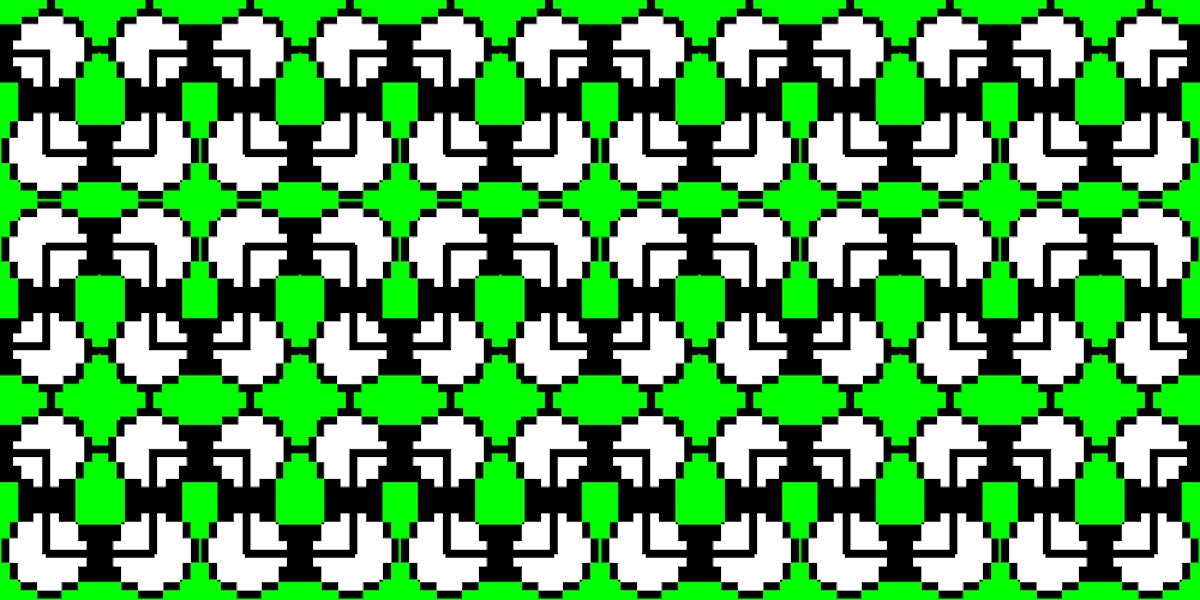11,853 reads
You Don’t Need a Domain Service Class in DDD

Aspiring object-thinker
Learn More
LEARN MORE ABOUT @VADIM-SAMOKHIN'S
EXPERTISE AND PLACE ON THE INTERNET.
EXPERTISE AND PLACE ON THE INTERNET.
L O A D I N G
. . . comments & more!
. . . comments & more!

